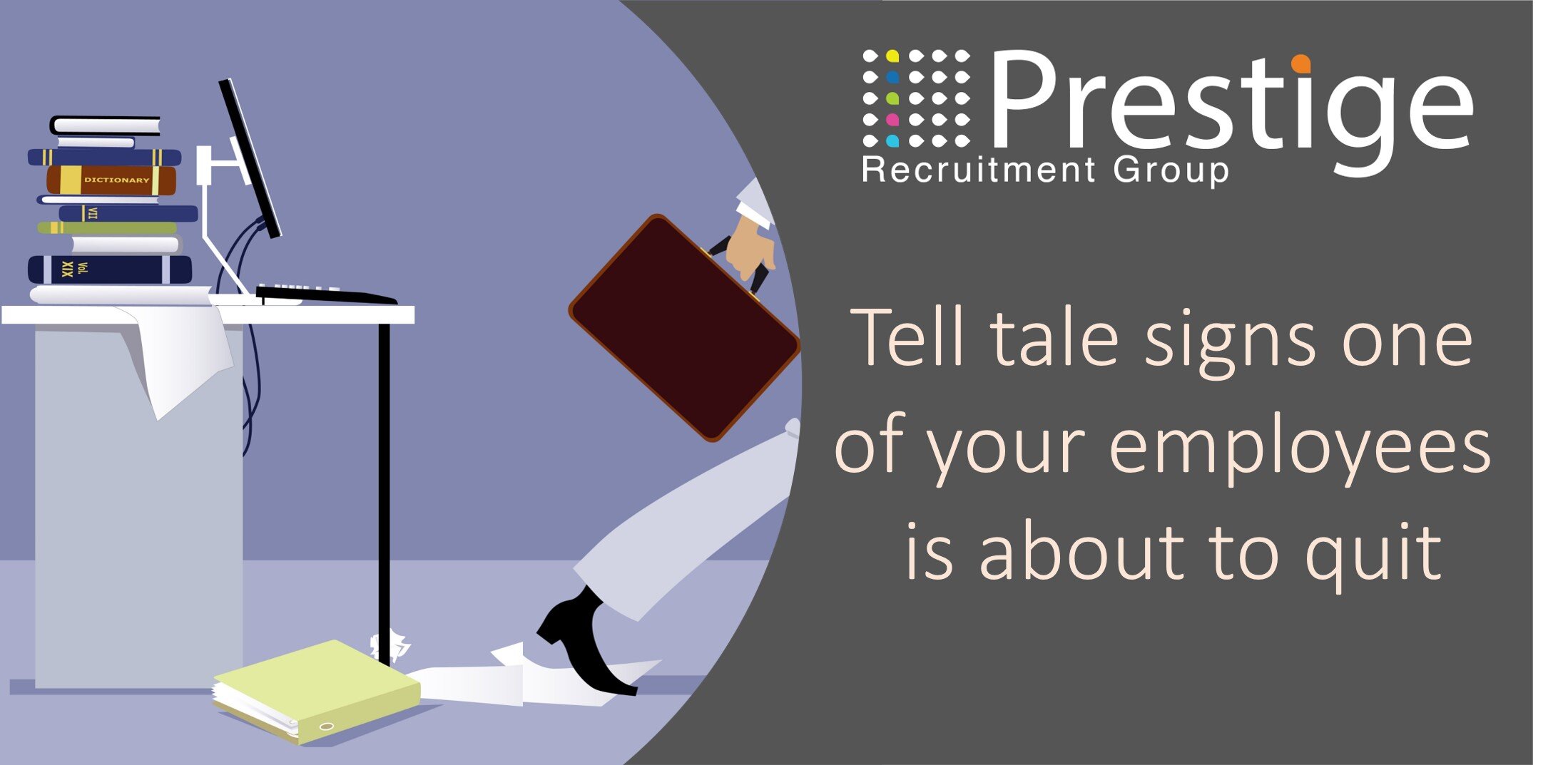We all know change is afoot in the world of the workplace. We have experienced booms in some business, and dramatic slumps in others. Who would have thought that the word Zoom would become as well known as Starbucks before the pandemic? And that one would be earning fewer bucks, while the other took off for the stars!
Like water, the economy has this way of finding the least path of resistance when prosperous rivers get blocked. For a while, there is no flowing water, but soon, after a build-up of pressure, there are many little streams that start emerging, eventually finding their way to the sea of economic success. Although we are suffering at this precise moment in time, we only have to look at history to show that with any crisis there is always a working way out. Eventually, we always reach new peaks and prosperous times. We have had a deep forest fire, some of the forests are still standing, but in other areas, we are now waiting for the new exciting trees to grow, and grow they will! It is what human nature has a surprising knack of doing. We are always pushing forward and have a thirst for growth. So, the economy will be back with a vengeance, but in what way? What species of new trees will flourish? The visual and cultural landscape will change, but how will this look? In this two-part article, we first take a look at some patterns and trends that are emerging in terms of company organisation, structure and culture. It will give us an indication of how the future may play out, and how we all may want to adjust to this! In the next instalment, we will take a look at the winning and losing business sectors, and what sort of new trees will grow and prosper in the future business forests.
Structural & Company Culture Changes
Increase of Employers as a Social Safety Net
In a report by Gartner, the societal role of employers seems to have grown. The pandemic has increased the trend of employers playing an expanded role in their employees’ financial, physical and mental well-being. Financial assistance, adjusted hours of work, child care and well-being support are all things that can be an effective way to promote physical health, improving the emotional well-being of employees. There look to be real benefits by improving the employee experience, especially to account for personal factors, such as family responsibilities. Also, the consideration of having a Chief Well-being Officer/Chief Mental Health Officer or advocate roles for employees will be of great importance. Considering the post-pandemic changes that everyone is facing, these support roles could be a key to a successful well-integrated, and flexible business
A Redefinition of Critical Skills
Again, in the Gartner report, organisations seem to be redefining the skills needed to meet their strategic goals. Employers are realising that there is another category of critical skills apart from those that equate directly to employees’ roles. These critical skills vary from business to business and role to role. But It has been found that there is a real advantage to encouraging employees to develop a broader range of critical skills that potentially open up multiple opportunities for their development, rather than preparing for a specific next role. New development paths and a provision of greater career diversity seems to be getting more popular. Supporting employees in critical roles who lack critical skills is a worthy investment, not only to make the business more flexible but to offer greater career development and support to employees.
We have entered into this philosophy ourselves over the past few months. We have been using a company called Recruitment Juice to implement this strategy. Our consultants are very experienced with wide-ranging skills and great track records within their job roles. We could have just left it at that, but we wanted to broaden their skill-set even further, upskilling each individual with the latest recruitment techniques and broadening their skills to overlap and go beyond the traditional skill set for their type of role. Also, we have been using the amazing ongoing training given by our CRM supplier FireFish. Firefish has some very unique workflows in their system and in their 'FishTank' training they show recruiters how to use these symbiotically with new working practises that dovetail beautifully into their system software, The integration of both software and workflow mindsets allows a recruiter to work so much more efficiently in a modern workflow. So as you can see, we are embracing the 'Redefinition of Critical Skills' ourselves by investing heavily into our employees for their futures and for our candidate and clients. The spin-off effect of this of course is that it makes our company more diverse, flexible and dynamic. The wins are all-round!
Empathy and Productivity
Juggling the need for empathy and productivity is a hard one. With the massive uptake of home working, businesses are considering what expectations are reasonable for managers and employees now working from home and the workplace. It seems there is a need to ensure that leaders focus on developing emotional intelligence to help employees navigate expectations by balancing empathy and performance requirements.
For on-site working advocating health and safety will be a high priority. Looking at more helpful support options like hazard pay rewards, childcare, health benefits and safety measures need all to be taken into consideration. Finally, making sure the culture is engaging and inclusive. Employees assigned to tasks and projects should be bought together in a helpful team culture. Again, these issues can be helped by a support role like a Well-Being Officer and a Health and Safety Officer to put in place balanced solutions.
Structural Business Resilience
Before the COVID-19 crisis, the majority of organisational structures were focused on increased efficiency. The pandemic shows that a focus on efficiency alone leads to breaks and fractures in testing times. For longevity, more of a focus needs to be brought to resilience and diversity. According to Gartner, lean operations created limited flexibility during the pandemic which gave a lot of organisations real problems. Critical skills and competencies need to be implemented to be able to quickly change course when adverse conditions strike. Creating flexible work systems and considering employees of all backgrounds and needs is a start to a resilient system. Designing roles, structures and processes around outcomes rather than tasks increases responsiveness and flexibility.
The Culture of Change
As we can see with the changes over the last six months a “one-size fits all” approach may no longer work. There seems to be a need for new positions that look at the bigger picture of positive culture and well-being within companies. Armed with the ability for them to implement wide-ranging support that employees will need to navigate a new working culture. We at Prestige have just experienced this ourselves with a candidate starting a new job. Although her job is absolutely strained to the maximum at the moment with her learning the role while being hit hard by the logistics of COVID-19, she is amazed by the structure and support within the organisation that she is receiving. In turn, she loves the work environment and has a positive outlook and enthusiasm in a situation that could have had the potential to be too overbearing. We have analysed this and there seems to be four key ingredients to her positive reaction to a very challenging situation.
Each employee is assigned an active Wellbeing & Health Officer. They are regularly helping employees with all things mind, body and spirit related, ranging from advice to yoga sessions and gym memberships.
They have a mentor for support and growth. Someone within the organisation that is not their immediate report that can guide them through their career path having successful experience of this themselves.
Funded training courses and further education is offered through a dedicated training department. There is no prescribed expectation, simply an offering of interesting educational and work advancement.
Worktime flexibility is not an issue; this is a massive plus point to many with family logistics to juggle.
Add to this the positive culture that is handed down from the very top of the organisation and the fact that they have a Chief of Diversity that is well integrated into the organisation, and it all gives the sense that they care about important issues and the people that work for them. Let's also not forget, that along with all the work upheaval over the last six months, we have had political upheaval over equality too. This is just another issue that has to be addressed within companies that have positive values and want to flourish for the future.
Conclusion
When we read the report by Gartner we were amazed to see where things may be heading. And with our experience with this particular candidate and her new role, we have seen first hand that some of the issues and solutions that are highlighted in the report actually do work! They have a direct impact on the loyalty, enthusiasm and flexibility of employees. Now, we are not saying every company can hit the ground running and implement these ideas straight away. But it is something definitely worth considering working towards as a concept and solution for the times we are now living in. The way we see it, with all the new challenges we face, the new trees will be planted by these exact people and companies who are well supported, well trained and hold a broad range of critical skills to succeed in an everchanging economy.
Subscribe to are blog below and don’t miss our next installment!






















